We live in a neighborhood with lots of oak and walnut trees. In addition to all the wonderful shade, we also have a lot of wildlife visiting our backyard to feed on the acorns and nuts these trees produce. One of those visitors is the bright-eyed, bushy-tailed squirrel! Did you know that there are over 260 different species of squirrels around the world? And that are two main groups of … [Read more...]
InstaScience at Elemental Blogging
Your home for digital nature study resources and teaching science at home tips!
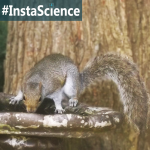
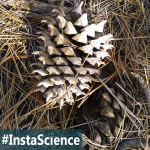
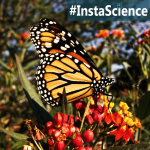
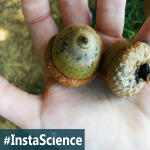
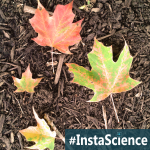
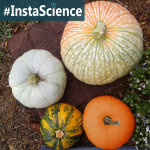


Join the Community!